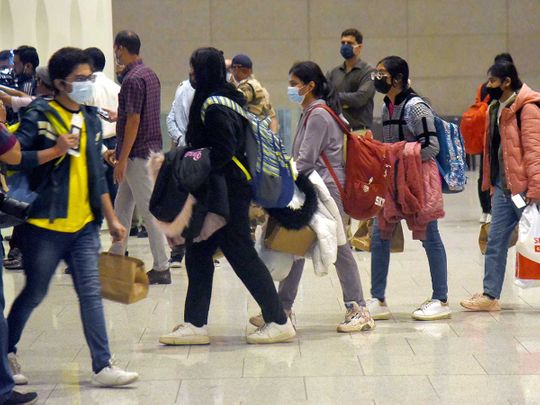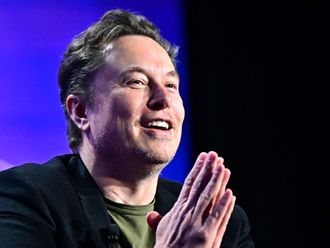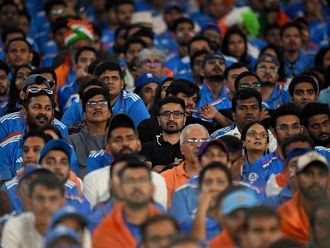
From the war zone into the frying pan of uncertainty. After the initial relief of being rescued, Indian students back from Ukraine are now confronting a new truth, of their careers losing direction overnight and studies hanging precariously. They are also staring at a vacuum where so far no one is owning them.
As the conflict raged on in Ukraine, universities announced holidays and students say they are now awaiting fresh communication. The likelihood though is that a few of those universities resemble the rubble and destruction and very few citizens in Ukraine will have the bandwidth to think about anything except survival.
Where does that leave our students, especially those who had cleared more than the halfway mark of their 6- year MBBS course before leaving the country urgently? Those students who just started their studies in Ukraine could perhaps be looking at losing a year.
Congress leader Shashi Tharoor asked the question, “Now that our students are coming back from Ukraine, it’s essential that we don’t consign them to limbo at home. GOI needs to make special arrangements for them to continue their medical studies in Indian institutions.” But is this easier said than done?
Come a full circle
For one, these students have come full circle and are now back to the starting line confronted by a system that cornered many into leaving for Ukraine in the first place. They are now faced with the same government institutions where reservations, quotas and limited seats made admission impossible and private colleges where capitation fees reportedly go into millions.
The war hasn’t changed this. “They don’t talk about a whole different category. Children of parents who are foreign diplomats and don’t get a seat abroad get admission here without even giving an entrance exam. States without medical colleges, children of MLAs — all get admission and so the number of seats shrink,” says Dr Joyeeta cofounder, Doctors Hub.
The students who have returned could also face resentment from their peers in India who stayed back to study despite the odds or gave up pursuing medicine due to financial concerns.
In a statement the IMA has said, “directing all the evacuated medical education learners who are Indian citizens and have procured admissions there upon seeking eligibility certificate from the statutory authorities in India and at various stages of progression there be adjusted as a onetime measure in existing medical schools in the country through an appropriate disbursed distribution.”
But it is the absence of such resources that has been the crux of why thousands of Indian students migrate abroad.
A widening gulf
Affordable medical education in the country has a small window — the lack of infrastructure, training, resources, competent teachers all contribute to a system responsible for the medical brain drain. The difference between tier 2 institutions and the elite few is a widening gulf and as one doctor told me, in the former there is no assurance that a teacher would even turn up.
Given this reality to suddenly demand opening of more medical institutions is a knee-jerk reaction, these colleges are not stand alone and need to be attached to hospitals for proper training of medical students.
Which is why the process to incorporate the students will not be easy, but it is not just the on- ground reality, the paperwork as in most things Indian is likely to be equally problematic. The government has announced that students who have returned can sit for an exam and then intern, but there is nothing new in that statement.
It has always been the procedure for returning students to clear the screening FMGE test to practice in India. The government has so far been silent on how the remaining students can be helped.
One immediate solution could be relaxing the National Medical Council regulations that only recognises courses including internship that are undertaken in the same institute.
Avenues beyond the system
By allowing students the option to migrate to another college in foreign countries, more avenues beyond the under achieving Indian system will open although for many still battling loans, the prospect of paying more (Ukraine was among the cheapest) could be a deterrent.
NMC also does not recognise courses that are studied online. “If only we were to have an educational system that was more friendly to international transfers, mobility, exchange, things would be easier. The number of students studying abroad won’t reduce anytime- we need to accept this reality,” says public health specialist Dr Sonali Vaid who studied in Bulgaria.
For now, the students who are back in India say they are waiting to hear from their universities, but things could get more chaotic before they find clarity.
It is not just the long trek to the border for a flight home that has scarred the students. The compulsion of leaving friends and peers behind in the war has also left many to deal with the survivor’s guilt. A future interrupted is another layer of anxiety and despair.










